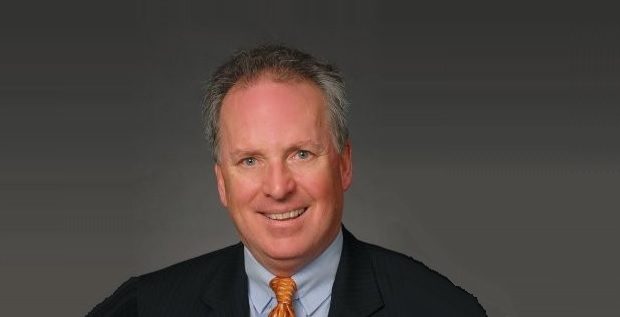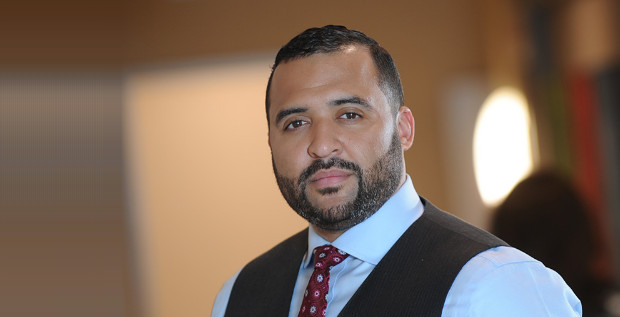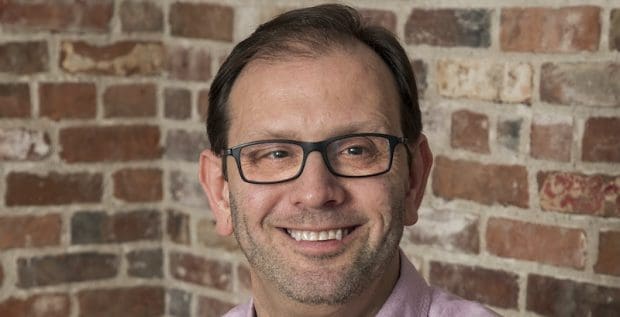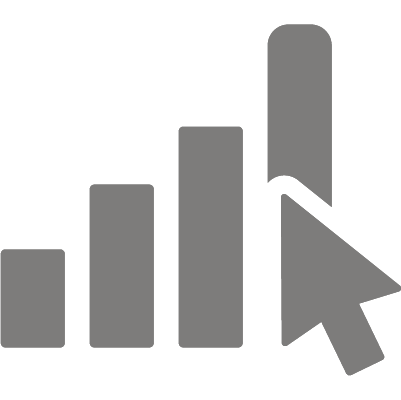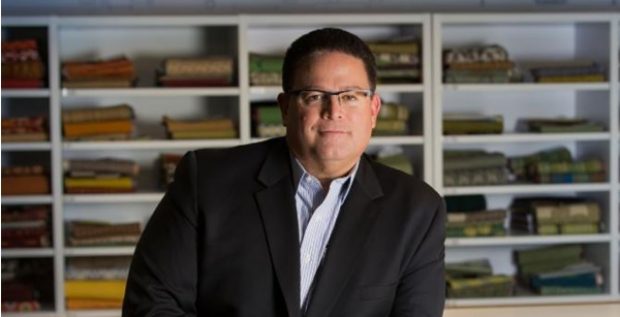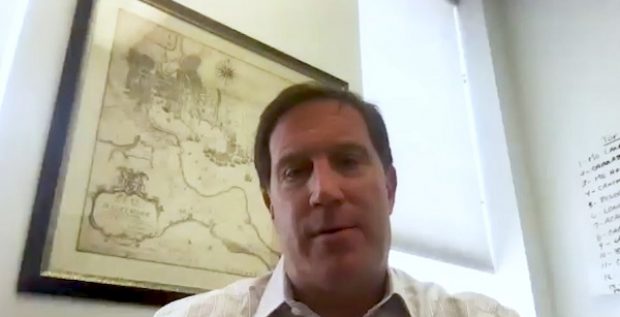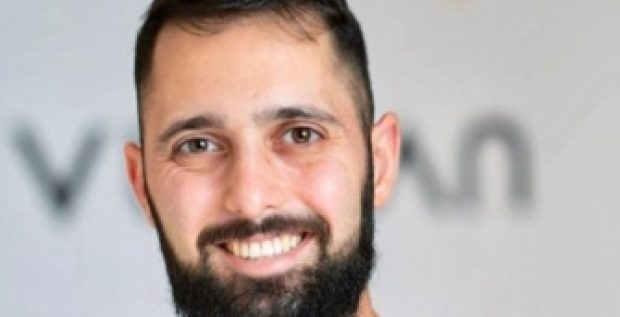Alec Ross is a technology policy expert, former Senior Advisor for Innovation to Secretary of State Hillary Clinton, and author of the New York Times bestselling book The Industries of the Future. Drawing on its author’s years working in both the private and public sectors on issues involving innovation, public policy, international relations, and communications, The Industries of the Future maps out the sweeping global changes we can expect to see over the next ten years, addressing opportunities, challenges, and difficult questions along the way. Now in its sixth printing, the book covers emerging technologies in fields such as robotics, cybersecurity, genetics, banking, and defense. The New York Journal of Books lauded it as “a riveting and mind-bending book,” and Google CEO Eric Schmidt called Alec “one of those very rare people who can see patterns in the chaos and guidance for the road forward.” Alec is also currently distinguished visiting fellow at Johns Hopkins University.
Alec Ross spoke with citybizlist publisher Edwin Warfield for this interview.
EDWIN WARFIELD: Can you give us your background? How long have you been working on your book?
ALEC ROSS: The Industries of the Future is a book that’s 44 years in the making. I was born and raised in Charleston, West Virginia, went to public schools there. There’s not an ounce of blue blood in this body. In fact, the point of departure for the book—it opens with my working as a midnight janitor when I was in college. You know, unlike a lot of my friends who had fancy unpaid internships during the summer at investment banks and law firms, I needed a summer job that actually paid money. In West Virginia, back in the 1990s, that meant working as a midnight janitor.
That perspective holds through the book, which is rather than just looking at the forces shaping our future through the eyes of a coastal elite, I definitely come at this from the perspective of someone who grew up in tough, working class conditions in West Virginia, and think about how the forces that shape our future can be both good and bad. I think that tomorrow is going to be better than today, but not necessarily for everybody. Part of my motivation for writing this was to try to light a little path for people who weren’t necessarily born on third base, like the folks that I grew up with in West Virginia.
Now, I got very lucky in the 20 some-odd years since I left West Virginia. I’ve had a path that’s taken me into a classroom in inner city Baltimore into entrepreneurship, and from there into government, working at Secretary of State Hillary Clinton’s elbow for four years. So, in the same way in which I write the book from the perspective of somebody who grew up a public school kid in West Virginia, combined with that is the perspective I got working at the State Department in a senior position that took me to more than 40 countries. Apparently, I traveled about 951,000 miles, which is the equivalent of two round trips to the moon with a side trip to New Zealand, so the book is both very local in that it’s a product for somebody who came up in working class America, but also very global—the product of traveling to every little nook and cranny on planet Earth.
Q. What is the book’s main focus, and what was the initial kernel of an idea?
A. In writing the book, I tried to focus on industries that exist today, but which will be far larger 10 years from now and which will impact our lives at home and at work. The focus is on subjects from the commercialization of genomics to what I call “the future of the human machine”—artificial intelligence, machine learning, and robotics—to big data, to cyber security, and a variety of other different fields.
It’s a book written by an American, but I wouldn’t necessarily say it’s an American book. It is really designed to be a global book and a resource to as many of the people living in 196 countries as possible, and so the stories then vary wildly. When I think about the future of agriculture and write about precision agriculture, the combination of big data analytics and the centuries old practice of farming, I focus in on rural India. When I think about what hardware and software innovation can do to make language learning more accessible, the thing that most compelled me was in Kiev, Ukraine of all places, where a group of graduate students showed me something called Enable Talk, which basically puts sensors on gloves and allows people who are Deaf and mute and use sign language, when they sign, the spoken word comes out of their smart phones.
And there’s a lot of focus on Sub-Saharan Africa. I’m 44 years old, and for people who graduated college when I did, a lot of us thought about Africa as a center of conflict and development assistance; but for people who are 20 years younger than me and who are now discovering Sub-Saharan Africa themselves, what they see is a market. No place has changed as much since I began visiting it as Sub-Saharan Africa. So, a lot of my focus in studying Sub-Saharan Africa is on what I will call “frugal innovation” and an environment of relative scarcity: people being wildly creative and imagining and inventing the future. From apps focused on mapping the supply chain for grain in Tanzania to things focused on the medical sciences, a lot of what I studied and wrote about in Sub-Saharan Africa has been wildly optimistic. So, the book is really sort of a spinning the globe and looking at all 196 countries on planet Earth and imagining what kinds of innovations will help shape just about every country on planet Earth.
Q. Where do you see the biggest opportunities? What political and economic models will lend themselves most to success?
A. The observation that I make is that the principal political and economic binary of the 20th century was right versus left: political right versus the political left. In the 21st century, I think it’s open versus closed. Defining “open” as upward economic and social mobility, not being isolated to elites, religious and cultural norms not being set from a central authority and radically rights respecting for women, for religious minorities, for ethnic minorities, for racial minorities. It’s a strong conviction of mine that the open societies are those that are going to prevail in the industries of the future, where a 30-mile long, 15-mile wide area of California called Silicon Valley was overwhelmingly the beneficiary in terms of wealth creation over the last 20 years with the rise of the internet.
When I think about the industries of the future, I think that there will be 10 to 12—let’s call them “global foci”: 10 to 12 centers of innovation and the wealth creation and job creation that then follow. In the time that I’ve spent with the people who are imagining and inventing this future, I’ve come to the pretty strong conviction that they’re going to headquarter those businesses in the places that most clearly map to their values. I think that with this upcoming generation of innovators, those values are really rooted in openness. You know, there’s no perfectly open society or perfectly closed society. The closest to either might be North Korea as a closed society. But this struggle between open and closed is something that’s playing out across the globe and within each of our societies. We can see it day in, day out, here in the United States.
Connect with Alec on LinkedIn









